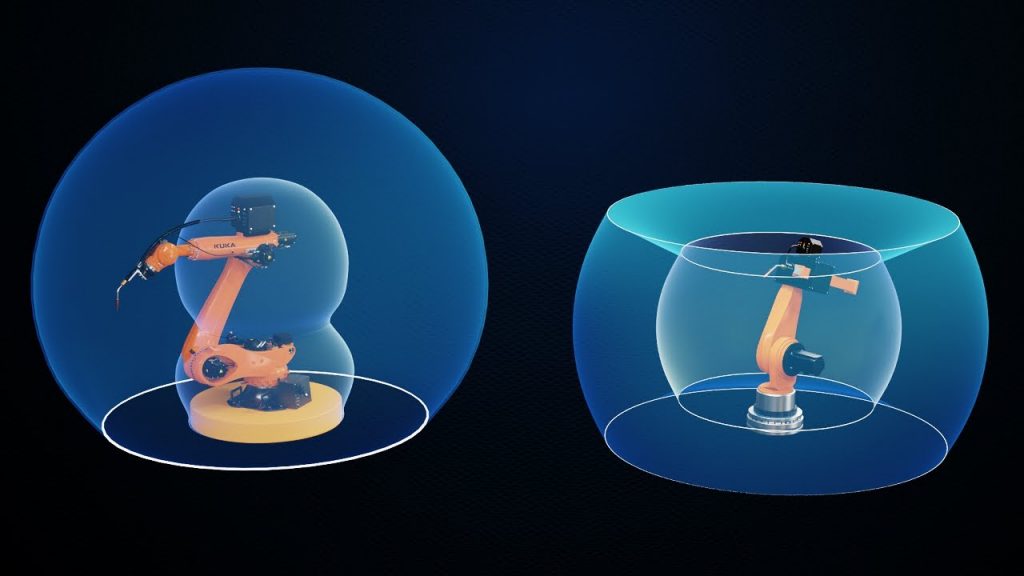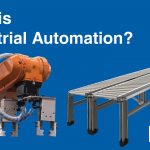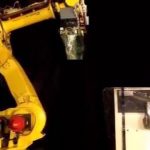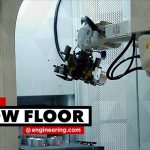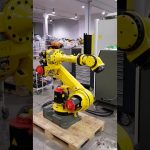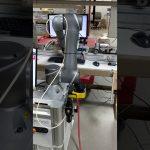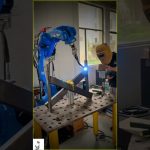Robots are designed based on the work envelope requirement. The volume the end effector of this robot is able to reach is known as the work envelope. In this article, we will explore the concept of work envelopes in industrial robots and gain a better understanding of their importance.
Industrial robots play a crucial role in various industries, performing tasks that would otherwise be time-consuming or dangerous for humans. These robots are designed to have a specific range of motion and reach, which is determined by their work envelope. The work envelope refers to the maximum volume or space that the end effector of a robot can reach.
Understanding the work envelope of an industrial robot is essential for several reasons. Firstly, it helps in determining the suitable robot for a particular task. Different applications require different ranges of motion and reach. By analyzing the work envelope of a robot, engineers can ensure that it is capable of performing the required tasks efficiently.
Additionally, the work envelope also aids in optimizing the layout of a production line. By knowing the reach and limitations of a robot, engineers can plan the placement of other equipment and workstations accordingly. This helps in maximizing the efficiency and productivity of the entire system.
There are various factors that influence the work envelope of a robot. One of the primary factors is the design of the robot arm. The length and configuration of the arm determine the range of motion and reach of the robot. Additionally, the type of end effector or tool attached to the robot also affects its work envelope.
In recent years, advancements in robot technology have led to the development of robots with larger work envelopes. These robots are capable of reaching longer distances and performing tasks in a larger workspace. This has opened up new possibilities for automation in industries such as manufacturing, logistics, and healthcare.
Industrial robots with larger work envelopes are particularly beneficial in applications where a wide range of motion is required. For example, in assembly lines, robots with extended reach can easily access different parts and perform complex tasks. Similarly, in warehousing and logistics, robots with larger work envelopes can efficiently maneuver in a larger space, optimizing the storage and retrieval of goods.
In conclusion, the work envelope is a vital consideration in the design and selection of industrial robots. It determines the range of motion and reach of the robot, which directly impacts its suitability for specific tasks. By understanding the work envelope, engineers can optimize the layout of production lines and maximize the efficiency of robotic systems. With advancements in robot technology, the work envelopes of industrial robots continue to expand, enabling automation in a wide range of industries.
Check the coil packing solution with leading manufacturers for professional solutions in the industrial robot industry. They offer a wide range of options to meet your specific requirements and ensure optimal performance. Industrial Robot
“Exploring the Fascinating World of Industrial Robots: Understanding the Work Envelopes and Capabilities”
